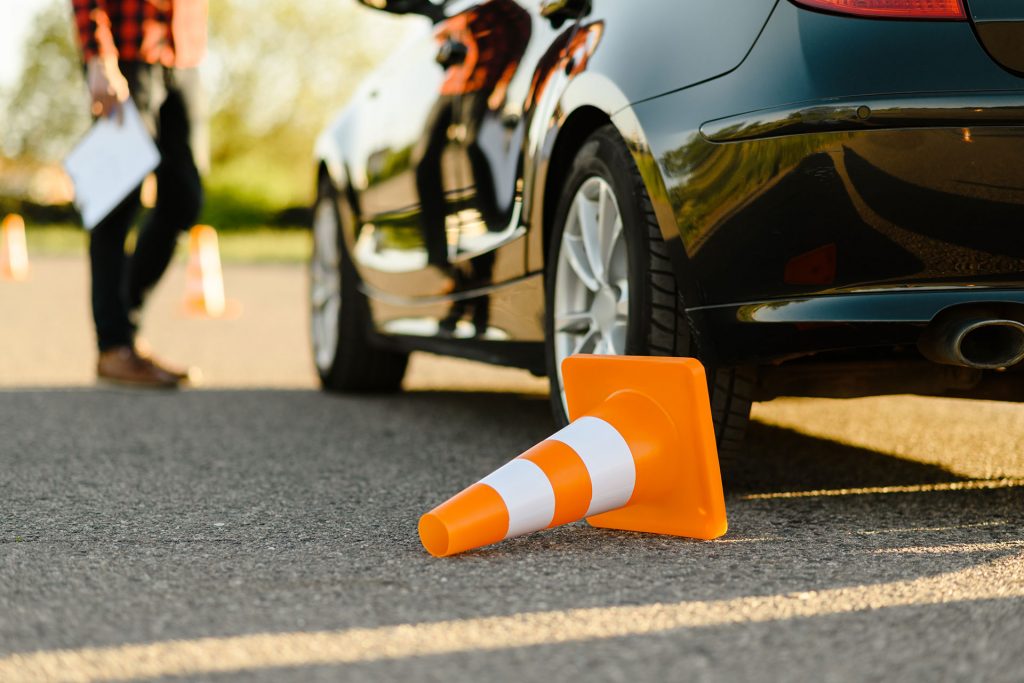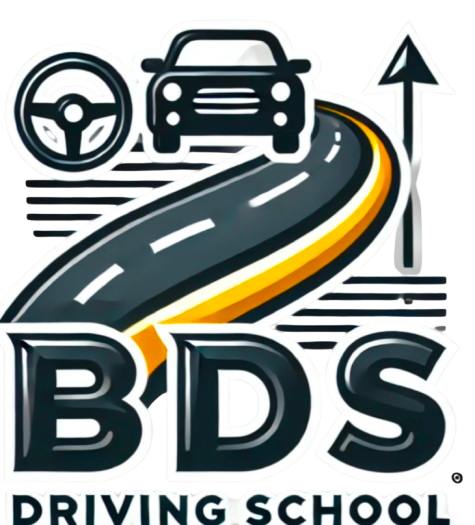
In recent years, self-driving technology has been at the forefront of the automotive industry’s innovation, promising safer and more efficient transportation solutions. From autonomous cars to delivery drones, the possibilities seem endless. However, a recent decision by regulators to block the implementation of a self-driving school bus has highlighted some of the challenges and concerns surrounding this technology, especially when it comes to the safety of children.
The Rise of Self-Driving Technology in Public Transportation
Autonomous vehicles (AVs) have been gaining traction as companies like Tesla, Waymo, and other tech giants develop increasingly advanced self-driving systems. Many cities have experimented with self-driving shuttles and buses to offer efficient and eco-friendly public transportation options. The idea of implementing autonomous school buses seemed like the next logical step in this progression.
Proponents argue that self-driving school buses could solve several issues:
- Driver Shortages: Many school districts face a shortage of qualified drivers, leading to logistical challenges.
- Improved Safety Features: Autonomous vehicles are equipped with advanced sensors, cameras, and AI systems that can detect obstacles and make split-second decisions, theoretically reducing accidents.
- Environmental Benefits: Electric-powered self-driving buses could reduce emissions and contribute to a greener environment.
Despite these benefits, concerns about the safety and reliability of self-driving technology, particularly in transporting children, remain a significant obstacle.
Why Regulators Blocked the Self-Driving School Bus
Regulatory bodies have a duty to ensure the safety and well-being of the public, especially when children are involved. The decision to block the deployment of the self-driving school bus was influenced by several factors:
-
Safety Concerns: While autonomous vehicles have shown promise, they are not infallible. Reports of self-driving cars being involved in accidents have raised concerns about the technology’s ability to handle unpredictable situations, such as sudden pedestrian movements or unexpected road conditions. When it comes to transporting children, any risk is deemed unacceptable.
-
Lack of Oversight and Accountability: Unlike traditional school buses, which have drivers trained to monitor and respond to incidents, a self-driving school bus would lack an on-board human presence to ensure the safety and well-being of the children. In emergencies or unexpected situations, having a responsible adult on the bus is crucial. Regulators argue that without this oversight, children could be left vulnerable.
-
Regulatory Framework Gaps: The laws and regulations governing autonomous vehicles are still evolving, and many regions do not yet have a comprehensive framework to cover the use of self-driving school buses. Without clear guidelines and standards, regulators are hesitant to allow such vehicles to operate.
What This Means for the Future of Self-Driving School Buses
The decision to block self-driving school buses is a setback for companies and innovators working in the autonomous transportation sector. However, it also presents an opportunity for further development and improvement in several areas:
- Enhanced Safety Protocols: Developers will need to prioritize safety and redundancy measures, ensuring that autonomous school buses are capable of handling complex scenarios and emergencies, just as a human driver would.
- Human Supervision Integration: A potential compromise could be integrating a human supervisor or “bus attendant” who monitors the vehicle’s performance and the children on board, providing the necessary human element that regulators and parents find crucial.
- Evolving Regulations: The blocking of self-driving school buses highlights the need for comprehensive regulations and standards that specifically address the nuances of autonomous vehicles transporting children. Companies and policymakers must work together to develop these frameworks.
The Public’s Response and Concerns
Public reaction to the decision has been mixed. Some people applaud the regulators for putting safety first, especially when it comes to protecting children. They argue that the technology is not yet reliable enough to be entrusted with such a responsibility. Others, however, see the decision as a hindrance to progress, suggesting that self-driving school buses could be a game-changer for communities struggling with driver shortages and transportation inefficiencies.
Conclusion
While the concept of self-driving school buses offers exciting potential, the recent decision by regulators to block their use underscores the importance of prioritizing safety, especially when it comes to children. As technology continues to advance and regulations evolve, it remains to be seen whether autonomous school buses will become a viable option in the future. For now, developers will need to focus on addressing the concerns and challenges that have been highlighted if they hope to gain regulatory approval and public trust.
